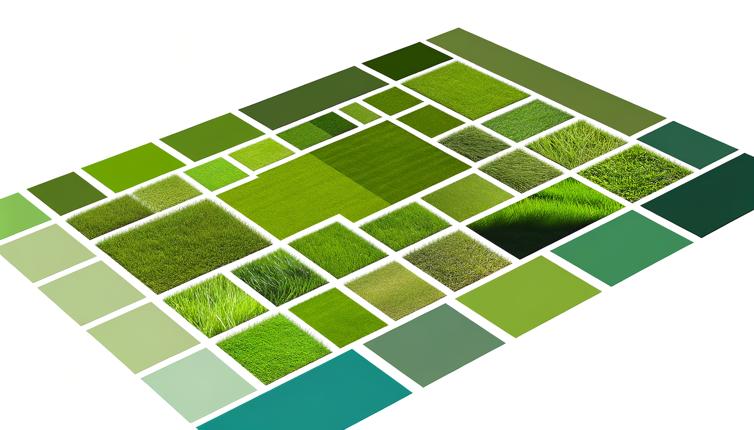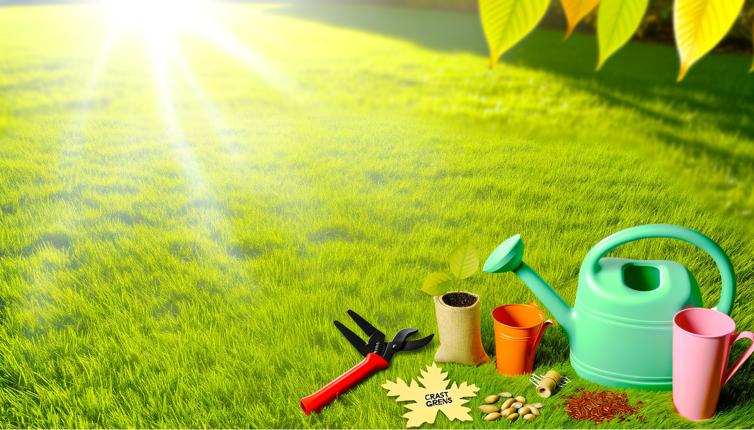Analyzing Your Lawn
The first step in choosing the right grass for your lawn is to analyze your lawn. Take note of the amount of sunlight your lawn receives throughout the day. Different grass species have different light requirements.,Next, consider the soil type in your lawn. Is it sandy, loamy, or clayey? Certain grass species thrive in specific soil conditions.,You should also evaluate the level of foot traffic your lawn receives. If you have kids or pets that frequently play on the lawn, you will need a grass that can withstand heavy use.,Lastly, consider the climate in your area. Some grass species are better suited for hot and humid climates, while others thrive in cooler temperatures.,By analyzing these factors, you can narrow down your options and choose the grass that is best suited for your lawn.
Popular Grass Species
Now that you have analyzed your lawn, let's take a look at some popular grass species and their characteristics:,- Bermuda grass: This warm-season grass is known for its excellent heat and drought tolerance. It has a medium to high maintenance requirement.,- Kentucky bluegrass: This cool-season grass is known for its beautiful dark green color and dense growth. It requires moderate maintenance.,- Zoysia grass: This warm-season grass is known for its ability to withstand heavy foot traffic and its low maintenance requirements.,- Tall fescue: This cool-season grass is known for its deep root system, making it more drought-tolerant. It requires low to moderate maintenance.,These are just a few examples, and there are many other grass species to choose from. Consider the characteristics of each species and choose the one that aligns with your lawn's needs.
Seeding or Sodding
Once you have chosen the right grass species, you need to decide whether to seed or sod your lawn.,Seeding involves spreading grass seeds on your lawn and waiting for them to germinate and grow. It is a more cost-effective option, but it requires more time and effort to establish a new lawn.,Sodding, on the other hand, involves laying down pre-grown grass rolls on your lawn. It provides instant results but is more expensive than seeding.,Consider your budget, time constraints, and desired timeline for a lush lawn when deciding between seeding and sodding.
Conclusion
Choosing the right grass for your lawn is essential for a beautiful and healthy yard. By analyzing your lawn, considering different grass species, and deciding between seeding or sodding, you can create the perfect patch of grass that will thrive in your lawn.









